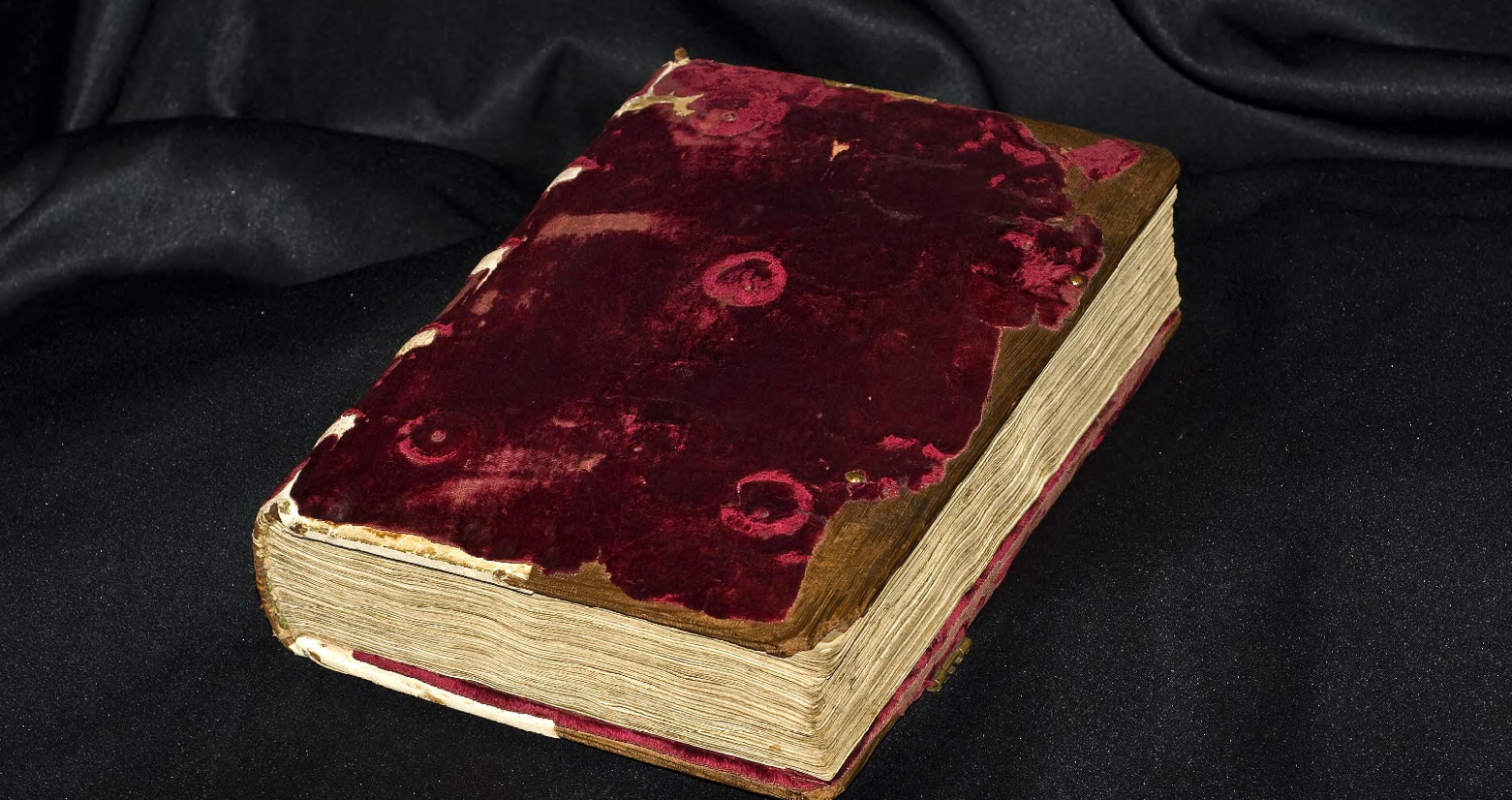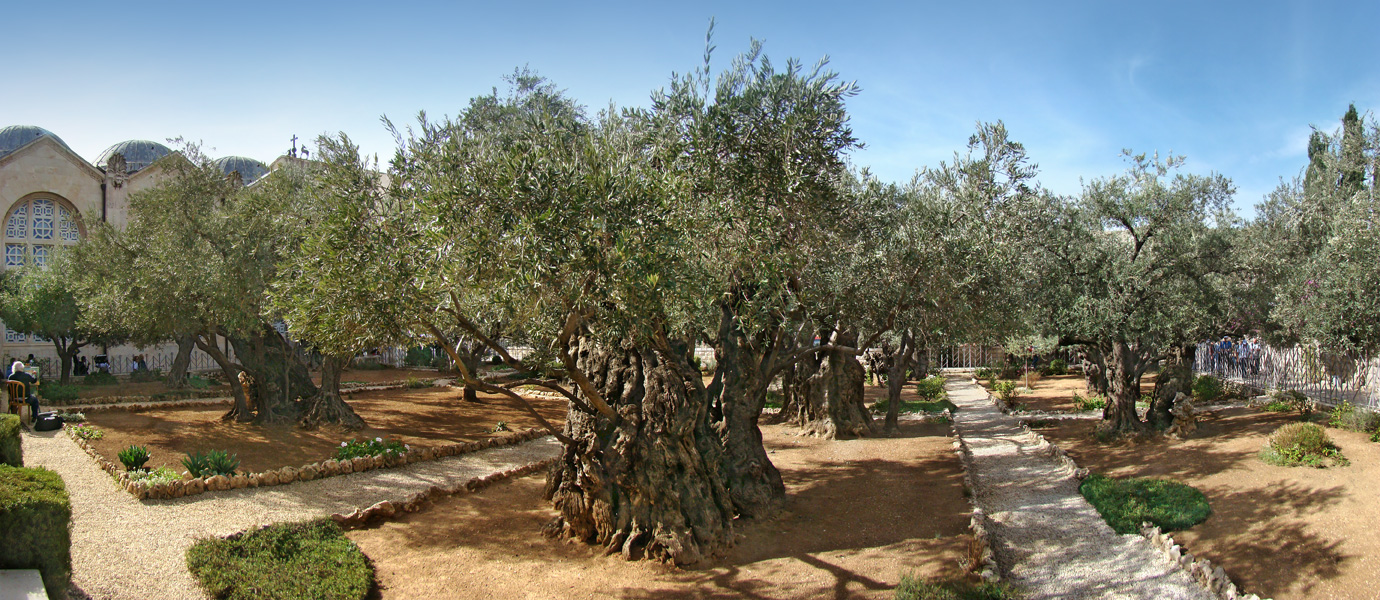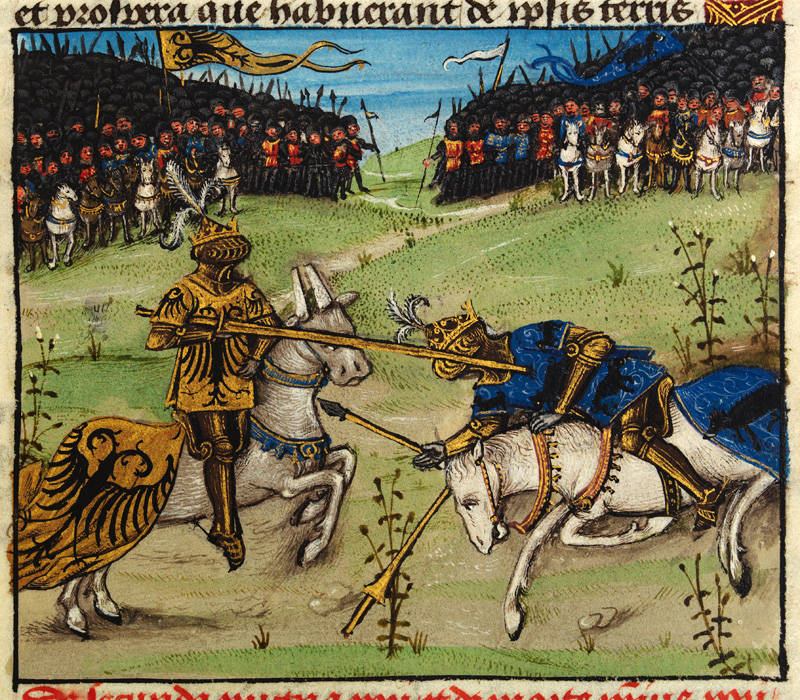|
Vaux Passional
The ''Vaux Passional''Peniarth 482D is an illuminated manuscript from the late fifteenth to early sixteenth century. With thirty-four large miniatures in the style of the Flemish School, it is one of the most elaborately decorated manuscripts in the collection of the National Library of Wales in Aberystwyth. It retains an original binding of wooden boards covered in velvet from the early sixteenth century. The volume contains the book plate of Watkin Williams of Penbedw. The first section of the manuscript (ff. 1-185v), ''La Passion de Nostre Seigneur'' (The Passion of Our Lord), which was originally translated from Latin into French for Isabelle of Bavaria in 1398, is almost identical to several other ''Passion de Jésus-Christ'' manuscripts such as Bibliothèque de l'Arsenal MSS. 2038 and 2386, and Bibliothèque Mazarine MS. 949. Thirty-three of the thirty-four miniatures accompany this text. The presentation page (f. 9) shows Henry VII and his children, Margaret, Mary and the ... [...More Info...] [...Related Items...] OR: [Wikipedia] [Google] [Baidu] |
Vaux Passional (f
The ''Vaux Passional''Peniarth 482D is an illuminated manuscript from the late fifteenth to early sixteenth century. With thirty-four large miniatures in the style of the Flemish School, it is one of the most elaborately decorated manuscripts in the collection of the National Library of Wales in Aberystwyth. It retains an original binding of wooden boards covered in velvet from the early sixteenth century. The volume contains the book plate of Watkin Williams of Penbedw. The first section of the manuscript (ff. 1-185v), ''La Passion de Nostre Seigneur'' (The Passion of Our Lord), which was originally translated from Latin into French for Isabelle of Bavaria in 1398, is almost identical to several other ''Passion de Jésus-Christ'' manuscripts such as Bibliothèque de l'Arsenal MSS. 2038 and 2386, and Bibliothèque Mazarine MS. 949. Thirty-three of the thirty-four miniatures accompany this text. The presentation page (f. 9) shows Henry VII and his children, Margaret, Mary and the ... [...More Info...] [...Related Items...] OR: [Wikipedia] [Google] [Baidu] |
Presentation Miniature
A presentation miniature or dedication miniature is a miniature painting often found in illuminated manuscripts, in which the patron or donor is presented with a book, normally to be interpreted as the book containing the miniature itself.Brown, 102 The miniature is thus symbolic, and presumably represents an event in the future. Usually it is found at the start of the volume, as a frontispiece before the main text, but may also be placed at the end, as in the Vivian Bible, or at the start of a particular text in a collection. In earlier manuscripts the recipient of the book may be a dead saint, the founder of a monastery or monastic order, for example, and the person handing over the book the abbot, or sometimes the scribe of the book. The genre is an extension of other forms of dedication portraits, for example wall-paintings or mosaics in churches showing the person who commissioned the church holding a model of it. Ultimately they stretch back to scenes where classical ... [...More Info...] [...Related Items...] OR: [Wikipedia] [Google] [Baidu] |
Georges Chastellain
Georges Chastellain (c. 1405 or c. 1415 – 20 March 1475), Burgundian chronicler and poet, was a native of Aalst in Flanders. Chastellain's historical works are valuable for the accurate information they contain. As a poet he was famous among his contemporaries. He was the great master of the school of ''grands rhétoriqueurs'', whose principal characteristics were fondness for the most artificial forms and a profusion of Latinisms and graecisms. Biography Early life Georges Chastellain derived his surname from the fact that his ancestors were burgraves or châtelains of the town; his parents, who belonged to illustrious Flemish families, were probably the Jean Chastellain and his wife Marie de Masmines mentioned in the town records in 1425 and 1432. A copy of an epitaph originally at Valenciennes states that he died on 20 March 1474-5 aged seventy. But since he states that he was so young a child in 1430 that he could not recollect the details of events in that year, a ... [...More Info...] [...Related Items...] OR: [Wikipedia] [Google] [Baidu] |
Christian Illuminated Manuscripts
Christians () are people who follow or adhere to Christianity, a monotheistic Abrahamic religion based on the life and teachings of Jesus Christ. The words ''Christ'' and ''Christian'' derive from the Koine Greek title ''Christós'' (Χριστός), a translation of the Biblical Hebrew term ''mashiach'' (מָשִׁיחַ) (usually rendered as ''messiah'' in English). While there are diverse interpretations of Christianity which sometimes conflict, they are united in believing that Jesus has a unique significance. The term ''Christian'' used as an adjective is descriptive of anything associated with Christianity or Christian churches, or in a proverbial sense "all that is noble, and good, and Christ-like." It does not have a meaning of 'of Christ' or 'related or pertaining to Christ'. According to a 2011 Pew Research Center survey, there were 2.2 billion Christians around the world in 2010, up from about 600 million in 1910. Today, about 37% of all Christians live in the Ameri ... [...More Info...] [...Related Items...] OR: [Wikipedia] [Google] [Baidu] |
National Library Of Wales Collections
National may refer to: Common uses * Nation or country ** Nationality – a ''national'' is a person who is subject to a nation, regardless of whether the person has full rights as a citizen Places in the United States * National, Maryland, census-designated place * National, Nevada, ghost town * National, Utah, ghost town * National, West Virginia, unincorporated community Commerce * National (brand), a brand name of electronic goods from Panasonic * National Benzole (or simply known as National), former petrol station chain in the UK, merged with BP * National Car Rental, an American rental car company * National Energy Systems, a former name of Eco Marine Power * National Entertainment Commission, a former name of the Media Rating Council * National Motor Vehicle Company, Indianapolis, Indiana, USA 1900-1924 * National Supermarkets, a defunct American grocery store chain * National String Instrument Corporation, a guitar company formed to manufacture the first resonator g ... [...More Info...] [...Related Items...] OR: [Wikipedia] [Google] [Baidu] |
Gethsemane
Gethsemane () is a garden at the foot of the Mount of Olives in Jerusalem where, according to the four Gospels of the New Testament, Jesus underwent the agony in the garden and was arrested before his crucifixion. It is a place of great resonance in Christianity. There are several small olive groves in church property, all adjacent to each other and identified with biblical Gethsemane. Etymology ''Gethsemane'' appears in the Greek original of the Gospel of Matthew and the Gospel of Mark as (''Gethsēmanḗ''). The name is derived from the Aramaic (''Gaḏ-Šmānê''), meaning "oil press". and call it (''chōríon''), meaning a place or estate. The Gospel of John says Jesus entered a garden ( ''kêpos'') with his disciples. Location According to the New Testament it was a place that Jesus and his disciples customarily visited, which allowed Judas Iscariot to find him on the night Jesus was arrested. There are four locations, all of them at or near the western foot of t ... [...More Info...] [...Related Items...] OR: [Wikipedia] [Google] [Baidu] |
Finding In The Temple
The Finding in the Temple, also called Christ among the Doctors or the Disputation (the usual names in art), was an episode in the early life of Jesus depicted in chapter 2 of the Gospel of Luke. It is the only event of the later childhood of Jesus mentioned in a gospel. Gospel account The episode is described in . Jesus at the age of twelve accompanies Mary and Joseph, and a large group of their relatives and friends to Jerusalem on pilgrimage, "according to the custom" – that is, Passover. On the day of their return, Jesus "lingered", staying in the Temple, but Mary and Joseph thought that he was among their group when he wasn't. Mary and Joseph headed back home and after a day of travel realised Jesus was missing, so they returned to Jerusalem, finding Jesus three days later. He was found in The Temple in discussion with the elders. They were amazed at his learning, especially given his young age. When admonished by Mary, Jesus replied: "How is it that you sought me? Did you ... [...More Info...] [...Related Items...] OR: [Wikipedia] [Google] [Baidu] |
Entry Into Jerusalem
In the accounts of the four canonical Gospels, Jesus Christ's triumphal entry into Jerusalem took place in the days before the Last Supper, marking the beginning of his Passion, his time of suffering, death, and resurrection celebrated during Holy Week. In , crowds gather around Jesus and believe in him after he has raised Lazarus from the dead, and the next day the multitudes who had gathered for the feast in Jerusalem welcome Jesus as he enters the city. In , , , and , Jesus descends from the Mount of Olives towards Jerusalem, and the crowds lay their clothes on the ground to welcome him as he triumphantly enters Jerusalem. The triumphal entry is traditionally commemorated on Palm Sunday. Gospel accounts Historic context All Jewish males are obliged to ascend to Jerusalem for the three pilgrimage festivals. The sabbath prior to passover is called " the Great Sabbath" in Judaism, and it is when each household or community set apart a passover lamb. Scholarly inter ... [...More Info...] [...Related Items...] OR: [Wikipedia] [Google] [Baidu] |
Raising Of Lazarus
Lazarus of Bethany (Latinised from Lazar, ultimately from Hebrew Eleazar, "God helped"), also venerated as Righteous Lazarus, the Four-Days Dead in the Eastern Orthodox Church, is the subject of a prominent sign of Jesus in the Gospel of John, in which Jesus restores him to life four days after his death. The Eastern Orthodox and Catholic traditions offer varying accounts of the later events of his life. In the context of the seven signs in the Gospel of John, the raising of Lazarus at Bethany – today the Palestinian town of Al-Eizariya in the West Bank, which translates to "the place of Lazarus" – is the climactic narrative: exemplifying the power of Jesus "over the last and most irresistible enemy of humanity: death. For this reason, it is given a prominent place in the gospel." The name ''Lazarus'' is frequently used in science and popular culture in reference to apparent restoration to life; for example, the scientific term Lazarus taxon denotes organisms that reappear ... [...More Info...] [...Related Items...] OR: [Wikipedia] [Google] [Baidu] |
Peniarth 481
Peniarth 481D is a late 15th-century illuminated manuscript in its original binding that is held at the National Library of Wales. It is also known as ''The Battles of Alexander the Great'', a reference to the twenty-six miniatures that accompany the Latin text . The volume also contains ''Disticha Catonis'', and ''Historia trium Regum'' (History of the Three Kings). The manuscript, which is one of the most lavishly decorated in the National Library, has examples of the work of an English scribe, a Flemish illuminator and a workshop in Cologne. File:School, with Cato and his translator.jpg, Folio 1r.: School, with Cato and his translator (seated below) instructing pupils. File:Translator addressing his master on a road.jpg, Folio 2r.: Translator addressing his master on a road leading from a castle to a farm. File:Translator addressing his master.jpg, Folio 8v.: Translator addressing his master, with a man ploughing in the background. File:Translator addressing his master, ind ... [...More Info...] [...Related Items...] OR: [Wikipedia] [Google] [Baidu] |
Vaux Passional Binding
Vaux may refer to: People *Antoine-Alexis Cadet de Vaux (1743–1828), French chemist and pharmacist * Bernard Carra de Vaux (1867–1953), French orientalist who published accounts of his travels in the Middle East *Clotilde de Vaux (1815–1846), French writer and poet *Louis-François Bertin de Vaux (1771–1842), French journalist * Noël Jourda de Vaux (1705–1788), comte de Vaux, seigneur d'Artiac *Roland de Vaux (1903–1971), French Dominican priest and archeologist *Peter of Vaux de Cernay (floruit c.1215), Cistercian monk of Vaux de Cernay Abbey, in what is now Yvelines, northern France *James Hardy Vaux (born 1782, date of death unknown), English-born convict transported to Australia on three separate occasions *Bert Vaux (born 1968), American teacher of phonology and morphology at the University of Cambridge *Calvert Vaux (1824–1895), British-born American architect and landscape designer * Cydra Vaux (1962–2013), American sculptor *David Vaux, award-winning scient ... [...More Info...] [...Related Items...] OR: [Wikipedia] [Google] [Baidu] |
Sir John Williams, 1st Baronet, Of The City Of London
Sir John Williams, 1st Baronet (6 November 1840 – 24 May 1926), was a Welsh physician, who attended Queen Victoria of the United Kingdom and was raised to the baronetcy by her in 1894. He is remembered chiefly for his contribution to the collection of the National Library of Wales. He resided for part of his life at Plas Llanstephan, Carmarthenshire, a house he acquired by lease. Education and medical career John Williams was born in Gwynfe hamlet, Carmarthenshire, the son of David Williams (1802–1842), a Welsh Congregational minister, and his wife, Eleanor. He had four siblings. His father's elder brother, Morgan Williams (1800–1892) had 11 children, John's first cousins. Williams went to school in Swansea, then to the University of Glasgow, and finally to University College Hospital, London, to complete his medical studies: among other disbursements on his death he bequeathed £2,000 to the University College Hospital, London. In 1886 he became a private doctor to the ... [...More Info...] [...Related Items...] OR: [Wikipedia] [Google] [Baidu] |





_grande.jpg)



